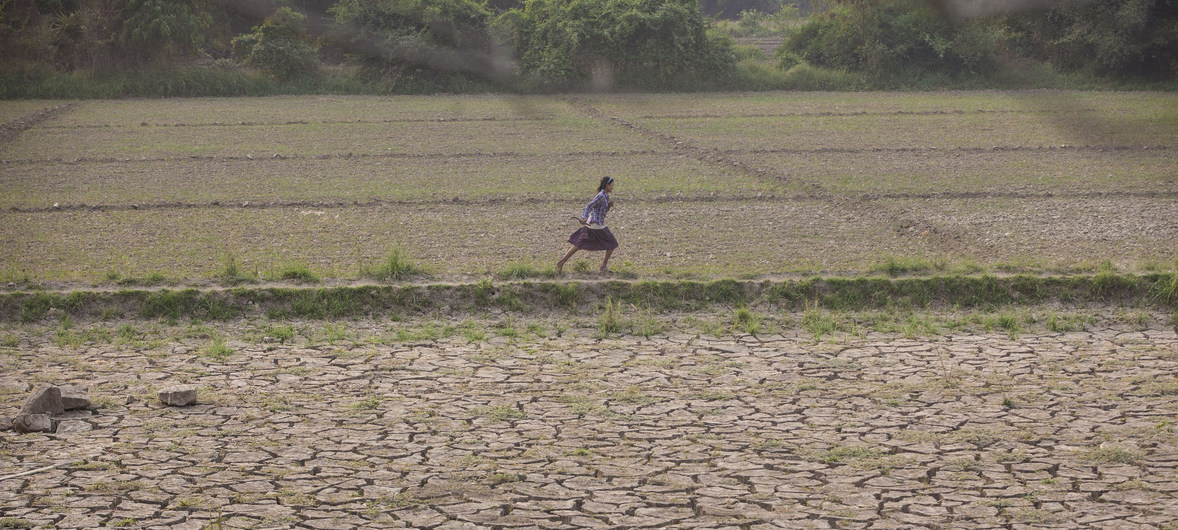
19 February 2019
Economic Development
The Myanmar Government and the UN’s agriculture agency signed on Tuesday a multi-year agreement that will create conditions to help improve nutrition and food security in the south-east Asian country, while safeguarding and sustainably managing the use of natural resources.
“The agriculture sector has a major role to play in addressing [the] sustained rates of food insecurity and malnutrition through agricultural diversification and rural income generation,” Kundhavi Kadiresan, Assistant Director-General and Regional Representative for Asia and the Pacific of the UN Food and Agriculture Organization (FAO), said at the launch of the accord in Nay Pyi Taw.
The Country Programming Framework (CPF) was signed by U Than Aung Kyaw, Director General, Foreign Economic Relations Department (FERD), Ministry of Investment and Foreign Economic Relations (MIFER) and Ms Xiaojie Fan, FAO Representative in Myanmar.
The launch of the CPF follows intensive consultations and agreements with the Ministry of Planning and Finance and relevant line ministries, civil society organizations (CSOs), the private sector and other development partners.
Specifically, the CPF intends to help the Government achieve three primary goals.
Enhanced food security, nutrition and food safety
Strengthened governance and sustainable management of land, forests, water resources and ecosystems
Enhanced resilience of local communities and farming households to natural and humanitarian disasters, climate change and transboundary and emerging infectious disease risks.
Despite having reached a state of self-sufficiency in staple foods, food insecurity, particularly seasonal food insecurity, remain a concern across Myanmar, which risks being worsened due to climate and weather-related shocks and instances of social instability.
Myanmar had experienced a rapid decline in malnutrition figures in just a few decades. The prevalence of stunting among children below the age of five was reduced from around 40 per cent in the 1990’s to less than 30 per cent in 2016 but the improvements have since slowed.
“With nearly one child in three stunted much work remains to be done for Myanmar to achieve SDG-2, the Sustainable Development Goal of zero hunger by 2030,” said Ms. Kadiresan. “But the fact that the Government and FAO have produced and published this comprehensive framework sets us on a clear path forward.”
“FAO is ready to do its part to help,” she added.
Photo:A girl runs through deserted farmland in Myanmar's Sagaing region where floods buried valuable fertile soil under several feet of mud which later dried hard and cracked, making land preparations very difficult and expensive.
